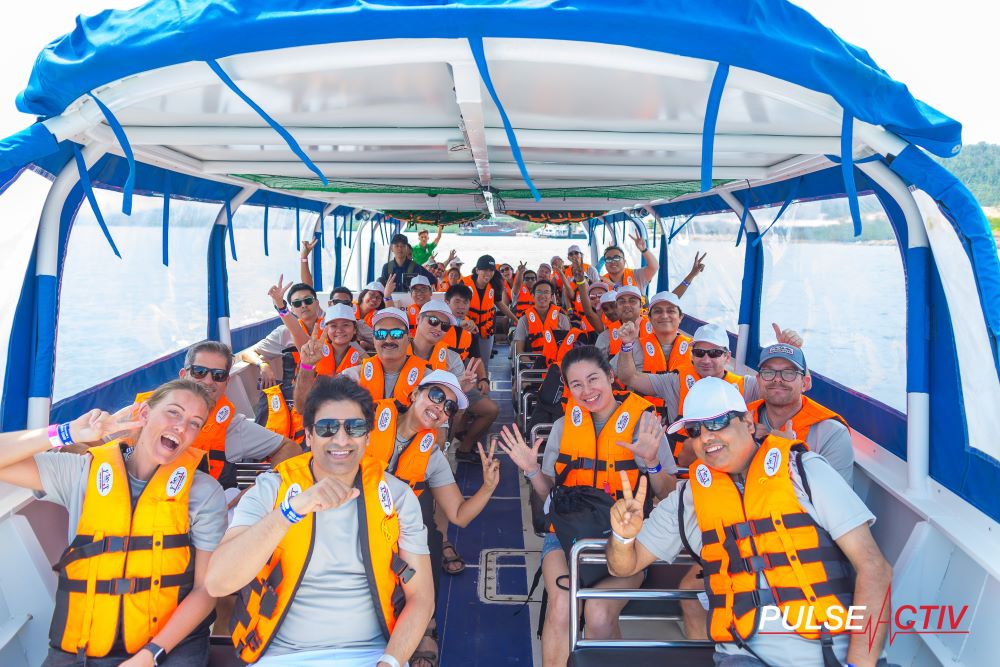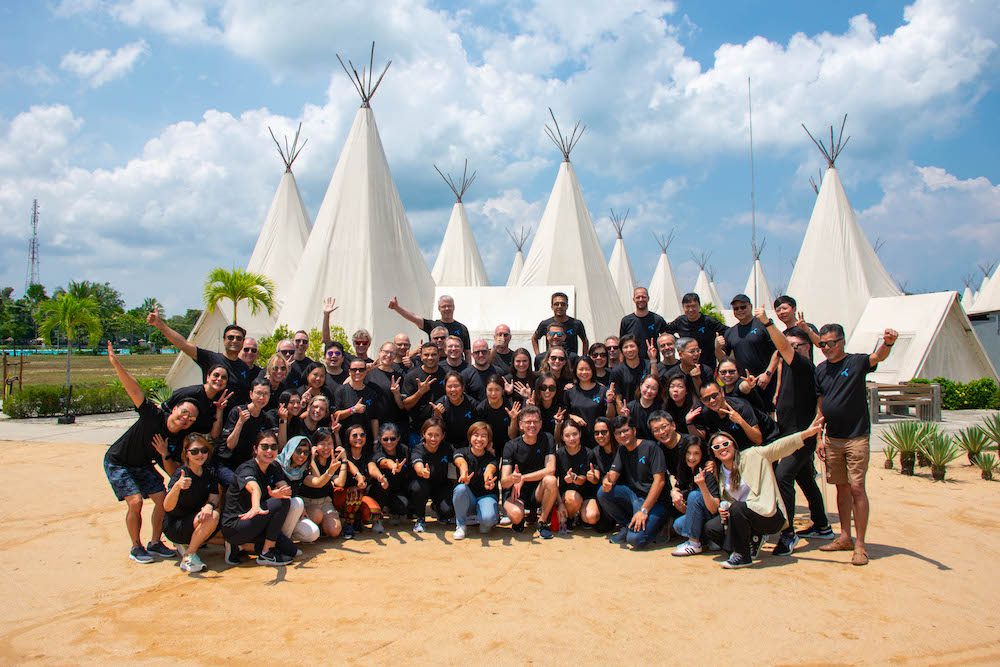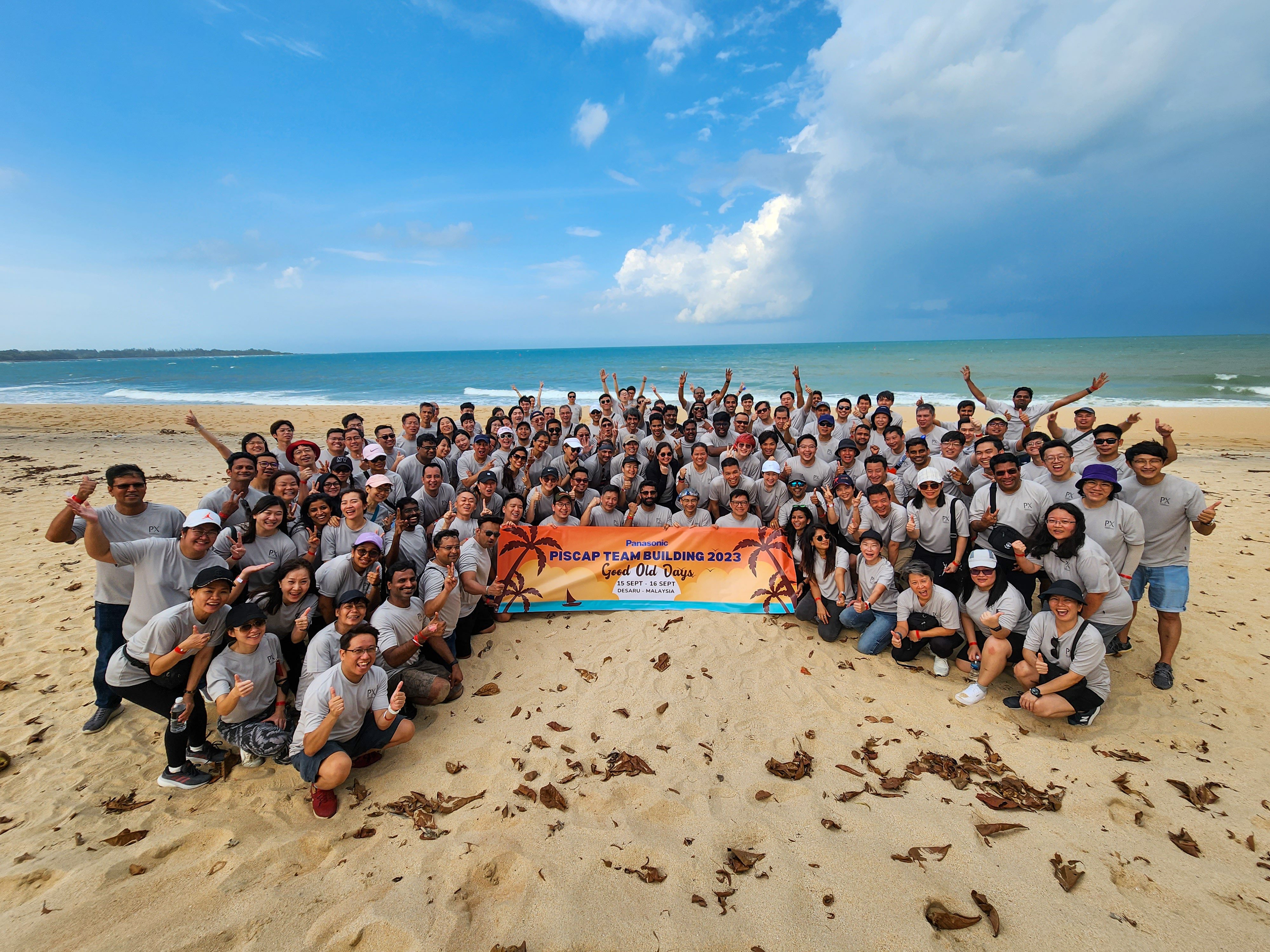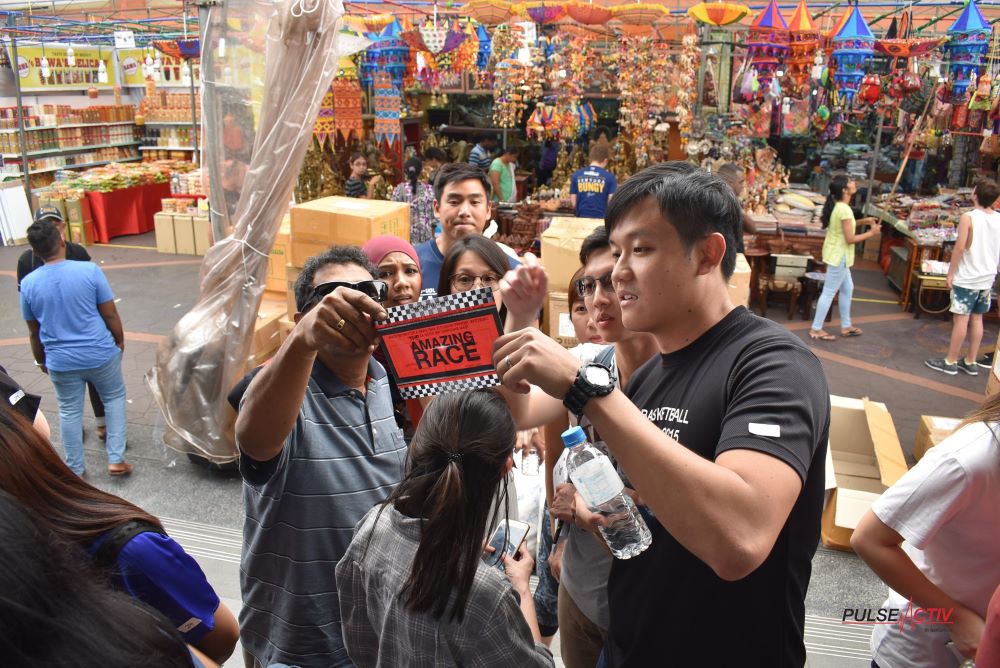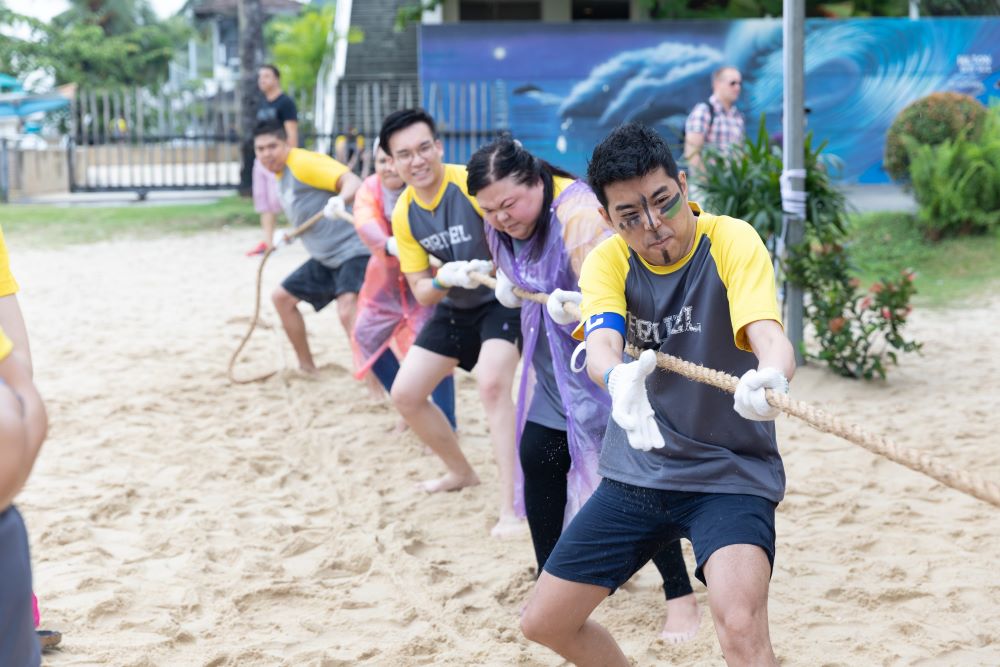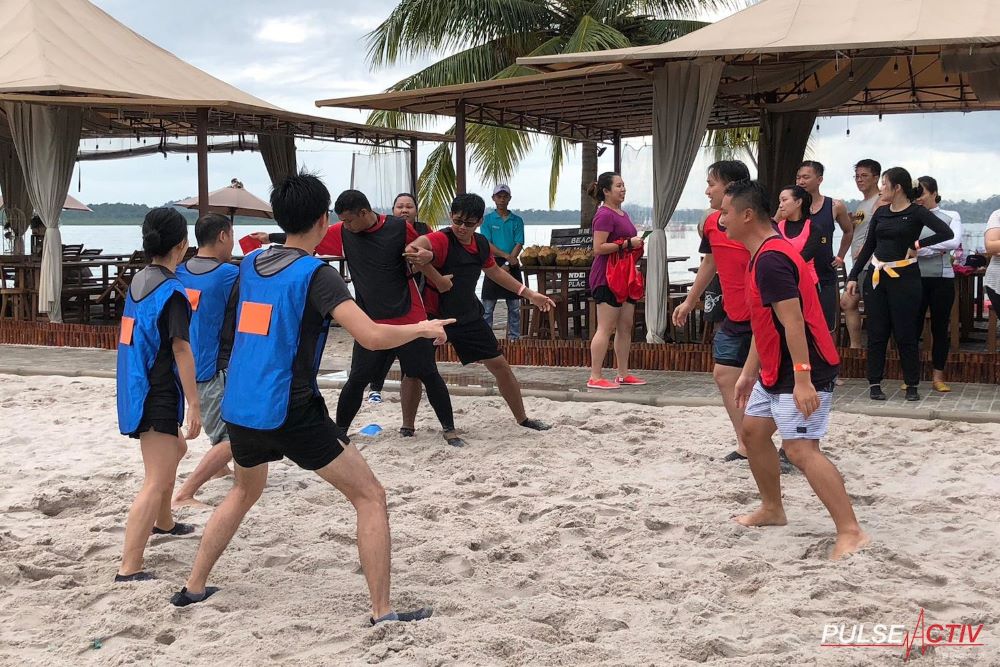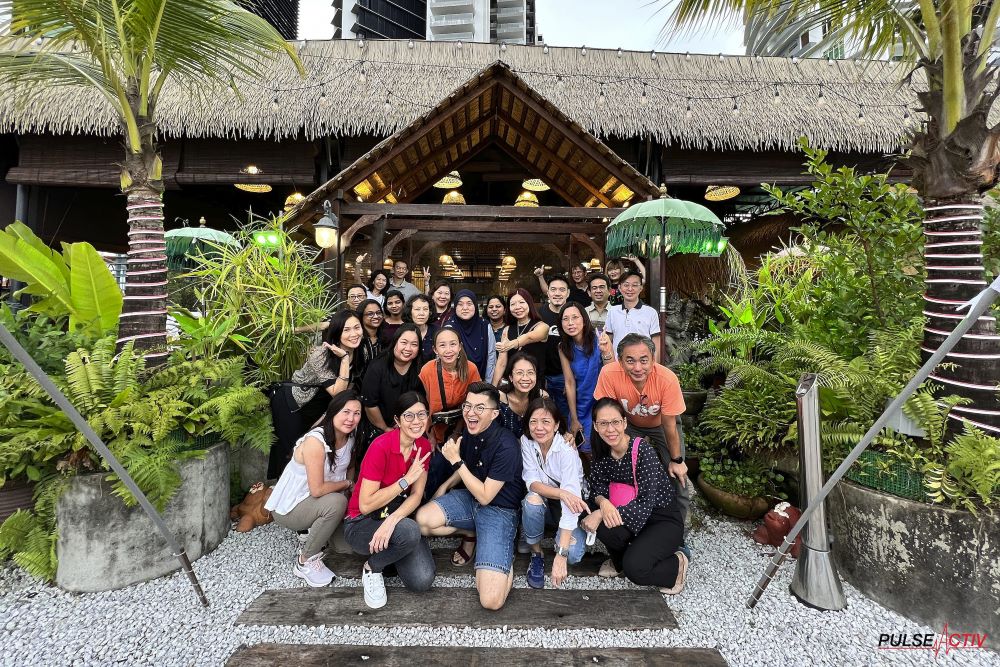Blending Work and Play: How to Incorporate Adventure Activities into Your Overseas Retreat
Incorporating adventure activities into an overseas retreat can transform a standard corporate gathering into an exhilarating and memorable experience. By blending team-building exercises with thrilling outdoor adventures, companies can foster camaraderie, boost morale, and inspire creativity among employees. This article explores how to effectively combine work and play by integrating adventure activities like hiking, diving, zip-lining, and more into your next overseas retreat.
1. Understanding the Benefits of Adventure Activities
Before diving into the logistics, it’s essential to understand why adventure activities are valuable for corporate retreats. These activities offer several key benefits:
- Enhanced Team Cohesion: Adventure challenges require collaboration and communication, which can strengthen team bonds and improve group dynamics.
- Increased Engagement: Exciting and novel experiences break the monotony of routine, keeping participants engaged and motivated.
- Boosted Morale: Overcoming physical challenges can foster a sense of accomplishment and confidence, contributing to higher employee satisfaction.
- Improved Problem-Solving Skills: Adventure activities often involve problem-solving and decision-making under pressure, honing critical thinking and resilience.
2. Choosing the Right Adventure Activities
Selecting the appropriate adventure activities depends on various factors, including the location of the retreat, the fitness levels of participants, and the desired outcomes. Here are some popular options:
- Hiking and Trekking: Ideal for locations with scenic landscapes. Hiking not only promotes physical fitness but also encourages team bonding through shared challenges and experiences.
- Diving and Snorkeling: Perfect for coastal retreats. These activities can be both relaxing and exhilarating, offering unique opportunities for team members to explore underwater ecosystems.
- Zip-Lining and Canopy Tours: Suitable for areas with lush forests or mountainous terrains. Zip-lining provides a thrilling experience that can also foster trust and teamwork as participants rely on each other’s support.
- Rafting and Kayaking: Best for retreats near rivers or lakes. Water-based activities require coordination and communication, enhancing team spirit and collaboration.
- Rock Climbing and Rappelling: Great for adventurous locations with rocky terrains. These activities challenge individuals and teams to push their limits, fostering resilience and mutual support.
3. Incorporating Adventure Activities into Your Itinerary
To seamlessly integrate adventure activities into your retreat, consider the following steps:
- Assess Participant Readiness: Gauge the physical fitness and comfort levels of participants to ensure activities are suitable and enjoyable for everyone.
- Plan a Balanced Schedule: Mix adventure activities with traditional team-building exercises and downtime. A well-rounded itinerary maintains high energy levels and ensures all participants can enjoy the experience.
- Safety First: Prioritize safety by selecting reputable adventure providers and ensuring all activities adhere to safety standards. Conduct pre-activity briefings and provide necessary safety gear.
- Set Clear Objectives: Define the goals of incorporating adventure activities, such as improving communication skills or fostering trust. Tailor the activities to align with these objectives.
- Encourage Reflection: After each adventure, facilitate debriefing sessions where participants can discuss their experiences, share insights, and reflect on lessons learned. This reinforces the benefits of the activities and strengthens team cohesion.
4. Logistical Considerations
Successfully incorporating adventure activities involves careful logistical planning:
- Choose a Suitable Destination: Select a location that offers the desired adventure activities and aligns with your team’s interests and abilities. Consider factors like accessibility, climate, and local amenities.
- Partner with Local Experts: Collaborate with local adventure tour operators who have experience in organizing corporate retreats. They can provide valuable insights and ensure a smooth execution of activities.
- Arrange Transportation and Accommodation: Ensure transportation and accommodation are conveniently arranged to minimize disruptions. Choose accommodations that offer easy access to adventure sites and necessary amenities.
- Budget Wisely: Allocate a budget that covers all aspects of the adventure activities, including transportation, equipment rentals, guides, and any additional costs. Ensure the budget aligns with the overall retreat expenses.
5. Measuring the Impact
To evaluate the success of integrating adventure activities into your retreat, consider the following metrics:
- Participant Feedback: Collect feedback through surveys or informal discussions to gauge participants’ enjoyment and perceived value of the adventure activities.
- Team Dynamics: Observe changes in team dynamics and collaboration post-retreat. Look for improvements in communication, trust, and overall team cohesion.
- Achievement of Objectives: Assess whether the adventure activities met the retreat’s objectives, such as improving problem-solving skills or boosting morale.
Conclusion
Blending adventure activities with team-building exercises in an overseas retreat can create a dynamic and impactful experience. By carefully selecting activities, planning a balanced itinerary, and considering logistical details, you can foster stronger team bonds, boost morale, and provide your employees with unforgettable experiences. Embrace the thrill of adventure and watch as it transforms your retreat into a powerful catalyst for team growth and success.
To head back to read another article in our blog, click here.
